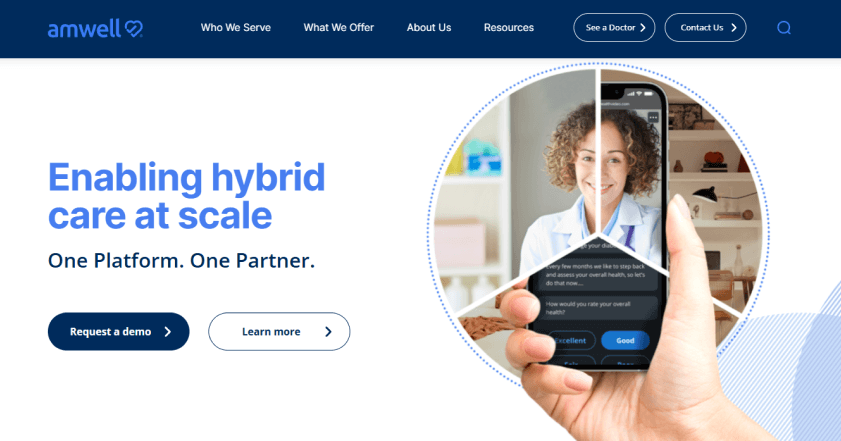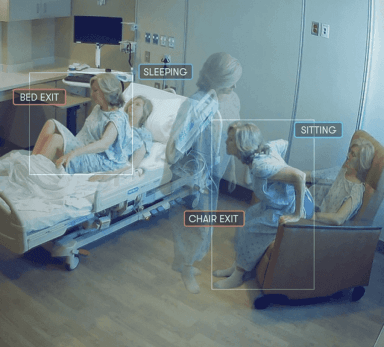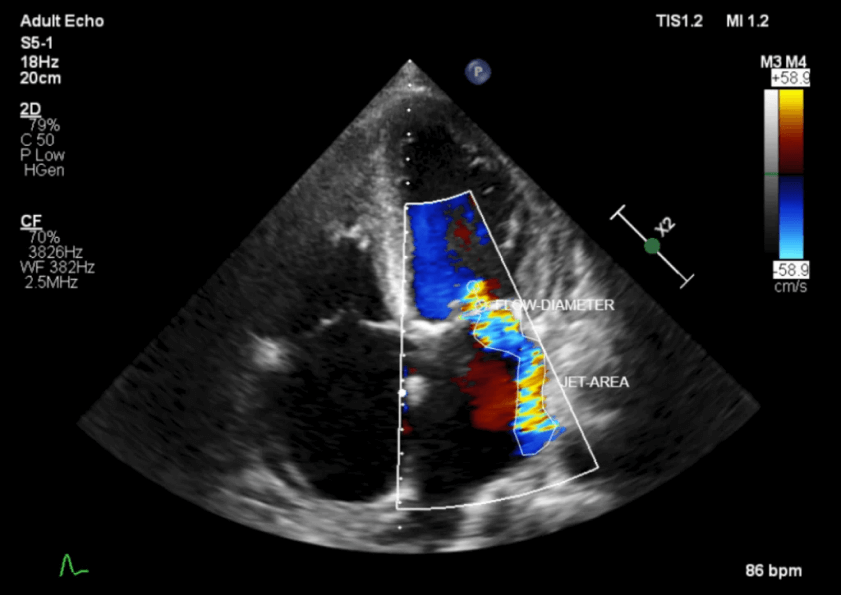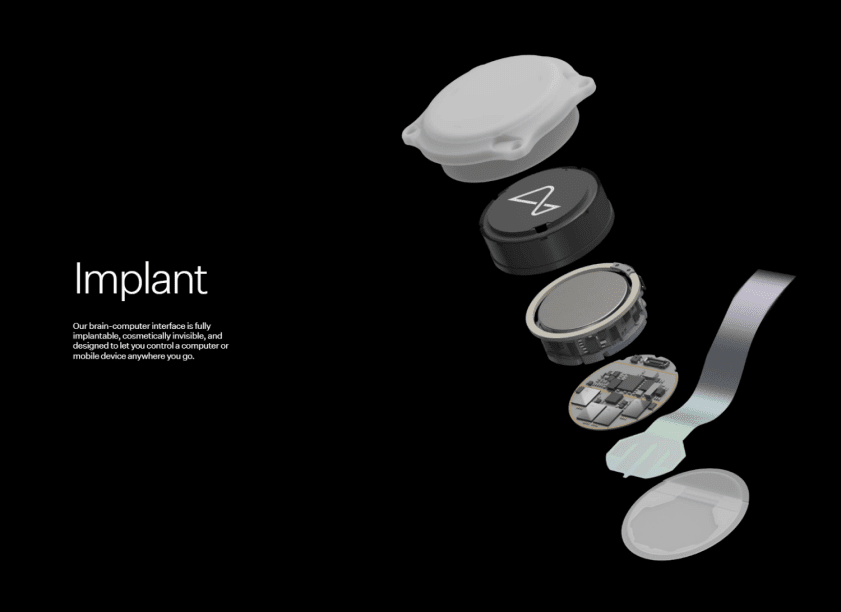Healthcare is always on the move with technological developments and trends advancing every other week.
Staying updated isn’t just about having cool things to talk about—it’s about giving your patients the best care possible and running a successful business.
To help you stay ahead of the curve, we’ve got a breakdown of 8 major trends reshaping the healthcare system, marketing, and technology in 2024.
Top Healthcare Industry Trends (2024-2027)
1. Virtual Care Goes Mainstream
You know how sometimes you just need to see a doctor, but it’s a hassle to actually go? Telemedicine is changing all that.
This whole industry is taking off – North America alone is predicted to be a $35 billion market by 2025!
The global picture is even crazier, with projections hitting over $175 billion by 2026. There are a few reasons for this massive growth: traditional healthcare costs keep going up, governments and companies are investing big in telehealth, and everyone’s using health apps these days.
Need more proof?
Accenture’s survey shows that 62% of patients prefer virtual options.
The COVID-19 pandemic also supercharged the telemedicine industry. Suddenly, everyone wanted to try it! Interest leaped from 11% of people to a whopping 76%.
The industry is responding. New telehealth medical services like Amwell are popping up alongside improved offerings from major insurers.

And with laws in 43 states plus the District of Columbia mandating coverage, telehealth is set to become the norm.
This is crucial with a massive 71.6 million aging population on the horizon. Virtual patient care is more efficient and helps tackle rising health services demand.
Plus, remote patient monitoring (RPM) means patients can recover at home, easing the strain on hospitals and ERs.
2. Use of IoMT is rising
The Internet of medical things is about creating medical devices that work more on their own, with less need for us humans to be in the loop. Imagine devices and apps that can automatically disinfect rooms, help with diagnoses, or even keep track of your health data – that’s IoMT in action!
Another prime example of it is wearable health trackers. The healthcare wearables market is booming and is projected to reach a value of $380 billion by 2028.
These devices monitor your heart rate or sleep patterns and send that info to your doctor. Some even have pills with sensors that track if you’re taking your meds and how you’re feeling.
Currently, around 30% of American adults use these devices for healthcare monitoring.
Close to half of users rely on their wearable tech daily. Importantly, over 80% are willing to share the data these devices collect with their healthcare providers.
In 2019, 722 million connected wearable medical devices existed worldwide. This number has more than doubled since 2016 and is expected to surpass 1 billion after 2022.
IoMT even gets more high-tech with Cognitive IoMT.
This is basically like having a tiny doctor inside your gadgets. Sensors gather information and analyze it fast to help diagnose health problems, keep track of them, and even suggest treatments.
All this info gets whizzed through networks for healthcare providers to see. It’s the future of healthcare, no doubt.
3. Artificial Intelligence is Transforming Healthcare
AI is ditching old, slow methods and bringing in quick, remote patient care solutions to diagnose and treat health issues.
This revolution is being powered by some amazing health tech startups using AI in seriously cool ways.
Think about how Artificial Intelligence helps doctors manage their workload, assists with tricky surgeries, and makes diagnosing diseases way more efficient.
Take Care.ai, for example. This US-based startup has developed an AI system that monitors patients like never before.
They use special sensors to turn ordinary hospital rooms into “smart rooms” that can do things like:
- Track handwashing
- Help prevent patients from falling
- Predict health risks in advance.

This means safer patient care and fewer mistakes.
Another excellent example is Ligence, a Lithuanian Health Tech startup focused on the heart.
They created a tool called CardioEchoAI that uses Artificial intelligence to analyze heart ultrasounds, basically doing the same job as a cardiologist.

The crazy part? It can do in 5 minutes what a doctor used to need half an hour for—and it’s even more accurate!
4. Social Care is Evolving
Healthcare is getting an upgrade! We’re moving away from just treating sickness and towards health systems that support overall wellness.
This means focusing on the social factors that impact health alongside medical care. Think of it as healthcare with a heart!
To make this work, governments and healthcare systems need to invest in social care workers and create programs prioritizing prevention, especially for the underserved.
Why is this social care stuff so important? Here’s the scoop:
Stronger Teams
Many countries are following this approach, with the UK dedicating a £845 million investment in 2024 and 2025 to improve access to adult social care.
This highlights the growing recognition of the need for a robust social care workforce.
Fairness Matters
Governments are working to ensure healthcare investments help everyone, especially the ones who get overlooked.
In fact, Canada recently announced a C$23 billion settlement to make up for years of underfunding child welfare services for First Nations communities.
Global Movement
This isn’t just a local trend – it’s an international movement.
France, for example, leads the pack in social spending among OECD countries, dedicating a whopping 31.6% of their GDP to comprehensive social welfare programs.
The average across OECD countries is still significant, reaching 21% of GDP in 2022.
Providers serious about this whole-person care need solid plans to hire and train the right people for the job, ensuring a strong workforce to meet the growing demand.
In the US alone, projections show a need for 1.3 million new direct-care workers by 2030 to keep up with the needs of our aging population and those with disabilities.
5. Healing is Getting High-Tech with AR/VR
Augmented Reality and Virtual Reality are not just for video games anymore! In healthcare, this tech is becoming a big deal.
Surgeons are practicing operations in a virtual world before they operate on a real person, or patients overcoming phobias or trauma using safe VR simulations.
And it’s not some far-off dream – this is happening now. The AR/VR healthcare market is expected to be worth $11.3 billion by 2030. Why? Because it helps both doctors and patients.
Doctors get technology for super-precise surgeries. Patients can use VR to heal and feel better in safe, virtual environments. This tech is changing everything from how we diagnose illnesses and train doctors to how we treat patients and help them recover.
A prime example of this is a US-based startup called VRSANO. They are using VR and brain-computer interfaces to create immersive healing experiences.
Imagine chilling in a calming virtual world while special tech tracks your brainwaves, helping you ditch stress and anxiety.
This isn’t just about feeling good at the moment, though. It’s designed to improve your mental health in the long run, potentially even saving money on healthcare costs.
6. Cybersecurity investments will increase
Since the pandemic, cybercrime has exploded, and hospitals and clinics have become the prime targets.
Ransomware is the worst offender, locking up health systems and taking patient information hostage. In fact, the FBI reported 148 ransomware attacks on US healthcare in 2021 alone!
Don’t think only the giant hospitals are at risk. Smaller clinics and healthcare providers are also under attack. Reason? Cybercriminals know that healthcare organizations have tons of sensitive patient data.
And with privacy laws, a hack is an extra-big disaster for any clinic or hospital. A major attack can disrupt everything, even putting patients in danger. And the worst part? These attacks aren’t going away.
Protecting patient info is now a top priority for everyone in healthcare. That’s why you’ll see some massive investment in digital security.
In fact, healthcare cybersecurity spending is expected to hit $125 billion globally by 2025. From the primary care physicians and nurses down to those patient websites you use – everyone is working to keep hackers out.
7. The Rise of Smart Implants
Smart implants are becoming more common, offering new ways to treat patients with various health problems. We might even see options for conditions that were previously difficult to treat.
Here’s what they are bringing to the table:
3D Bioprinting
Think about 3D printing—but for medical parts! This technology is becoming more affordable and advanced, with the market potentially reaching over $6 billion by 2027.
This means faster, cheaper implants and customized prosthetics for better fit and outcome for patients. We’re even seeing progress with 3D-printed life-saving implants for heart and brain patients.
Neural Implants
Brain-computer implants are another mind-bending area of research.
Companies like Neuralink are developing implants designed to help people with paralysis or blindness do things they couldn’t before.

Imagine a chip helping someone who has lost their sight recognize shapes or letters—the potential is truly remarkable.
8. Chatbots Will Become the Future of Quick Health Advice
Ever wonder what it would be like to text a medical assistant anytime, day or night? Well, that’s the idea behind symptom checker chatbots. These are basically chat programs you can talk to about how you’re feeling, and they try to figure out what might be wrong.
These chatbots are seriously changing the game. The Healthcare Chatbot market is booming – it’s expected to top USD 1,615.2 Million by 2032! Businesses are seeing huge benefits too – according to an MIT technology review, 90% report much faster complaint resolution using bots.
Of course, sometimes simple guidance is what you need most. These bots can offer suggestions on what to do next, like “call your doctor” or “it sounds like it could be X, but don’t panic.” Best part? You can access them on your phone whenever you need them.
These chatbots are handy when you have a problem but can’t reach a doctor immediately. Maybe it’s after hours, or perhaps you’re in a place where healthcare access is tough. The chatbot won’t replace your doc, but it can guide you when you need some quick advice.
Conclusion
The healthcare sector is getting a serious shake-up! Things like custom health plans and tech that makes everything run smoother are changing the game. We can’t say for sure what the future holds.
But one thing’s clear: hospitals and healthcare professionals need to be ready to adapt. Those who focus on giving patients more choices, using smart tech, and improving the system will lead the way.
If you’re considering starting a healthcare business, this also applies to you. A solid business plan is crucial for making your healthcare business successful.
Business plan software can simplify the process, making it easier than ever to outline your strategy. For expert guidance and resources, consider checking out Upmetrics.
We specialize in helping businesses like yours get off the ground with insightful plans and templates. You can now check this sample medical and health business plan to understand what we do.

